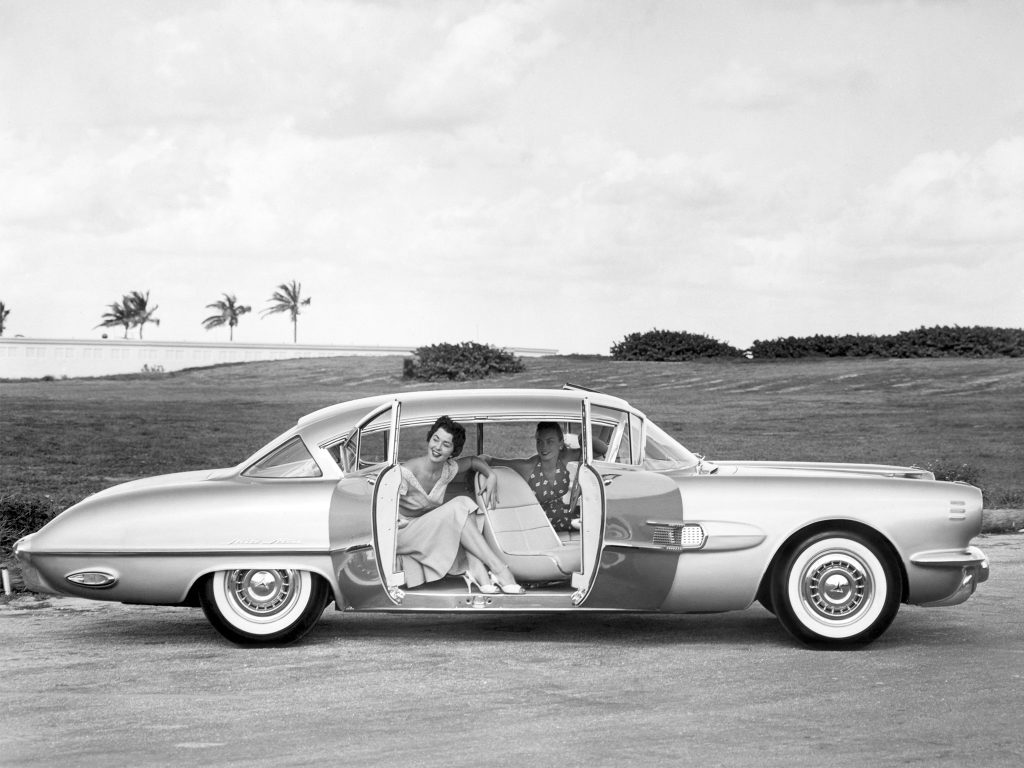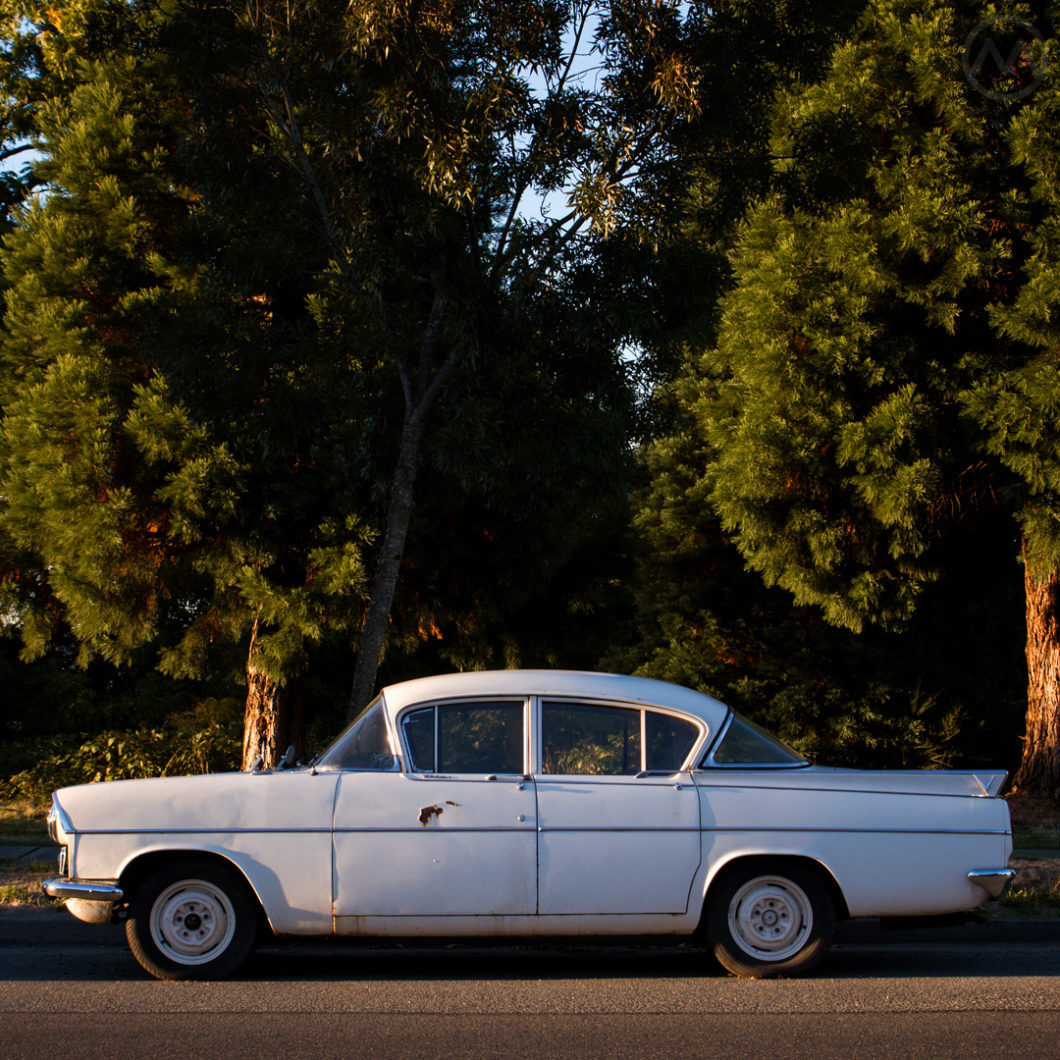With Buick selling Opels as a response to new imported cars in the U.S., it wasn’t a surprise that GM also sold stateside Vauxhalls from 1958-62. In those days Vauxhall and Opel were largely separate, but both created new cars with a distinctly American flavor in the 1950s.
Opel’s Rekord resembled a Buick, and Vauxhall’s F-series Victor, at the forefront of a major expansion of Vauxhall, looked a little like a ‘55 Chevy. It was this car which Pontiac dealers sold as a companion for those brief years, though the Victor didn’t do as well as the Rekord, mainly due to price.
Just as the Rekord was hit hard by the arrival of the Ford Falcon, the Victor, too, was killed off in America by the arrival of Pontiac’s cheaper, larger Tempest in 1961.
Canada, with its stronger U.K. ties (a commonwealth country, British cars were tariff-free in Canada before 1965’s “Auto Pact”), took more of a shine to Vauxhalls and got them in more varieties.
GM marketed them as both Vauxhalls and under the “Envoy” brand (which included Bedford vans), again via Pontiac’s (Canadian) network until 1973.
But the most “American” looking of Vauxhalls – the PA Velox and Cresta – were actually never officially offered in the U.S. (though you could get them by special order) and seldom seen in Canada due to their high price.
This is an LHD U.S. Velox, the more humble of the pair, and a very rare bird.
GM invests in expanding Vauxhall
The F Victor and the PA Velox/Cresta were two prongs of a program of major change at Vauxhall, which included a huge expansion of Vauxhall and Bedford’s facilities at Luton and Dunstable. That made possible an expansion of the lineup overall.
The 4-cyl Victor was a new lower-end entry, the PAs replaced the circa-1951 Velox/Wyvern and graduated to straight sixes. Bedford trucks moved out of Luton as the plant was expanded to make room for Vauxhall’s growing range – Dunstable’s expansion helped that happen.
Flush with profits and the largest manufacturer in the world by far, GM had no problem investing in its U.K. operations, and the expansion plans were solidified in 1954-55.
Luton’s Motorama Machine
Inextricably linked to the rock-n-roll 50s, the tailfinned PA was an extrovert in Britain and styling director David Jones found no fault in taking cues from GM motorama concepts like the 1954 Cadillac Park Ave. and Pontiac Strato Streak.
The original PA with its triple-set rear windscreen seemed to be directly inspired by the Strato Streak (and other, similar concepts) and many other American GM cars of that period. Olds and Buick both used a similar greenhouse on some models.

Like the Chevy-inspired Victor, it was Luton by way of Detroit, and the cars were both personally approved by GM chief Harlow “Red” Curtice.
The PAs were radical compared to the outgoing cars, and they were bigger and more powerful too – with Veloxes packing a 2.3L, 83hp I-6 (a larger 2.7L six was added to the fancier Cresta in 1961).
The PA was gradually changed year to year just like American cars were – eventually gaining a full wraparound rear window instead of the three-pane arrangement.
Ultimately the PA gave way to the more conventional (but still transatlantic-looking) PB in 1962, which seemed to have more Chevrolet themes overall. The PAs remained popular in the U.K. for a long time as used cars and had a revival in the 1970s and early 1980s when fifties nostalgia fueled interest in them.
Many, however, were felled by rust – compounded by the car’s complex shapes.
Curiously, the “very American” PA Vauxhalls are almost totally unknown in North America as they were very expensive for imports at the time, even with tax advantages in Canada.
V8 Pontiac sedans cost less than the Cresta, and the bigger imports in both the U.S. and Canada were decimated by the arrival of the American “compacts” (often bigger than European mid-sizes) in 1960-61, including the previously-mentioned Tempest.
Canadian-market Vauxhalls after 1962 were largely concentrated on models smaller than anything domestically-built in the U.S. or Canada, and they were dropped altogether in 1973.

